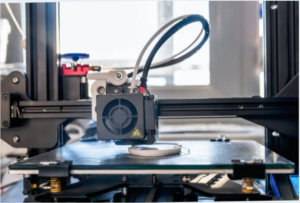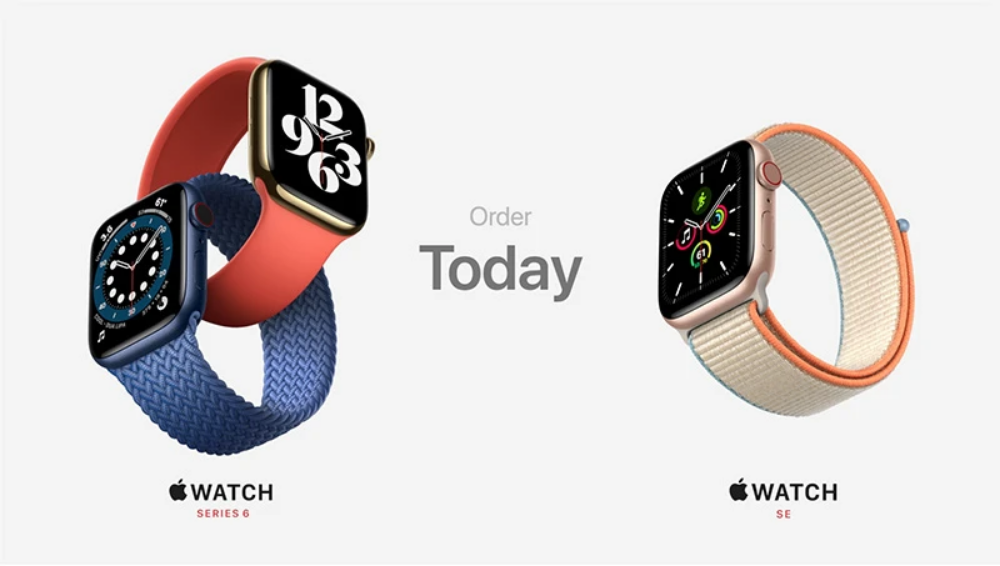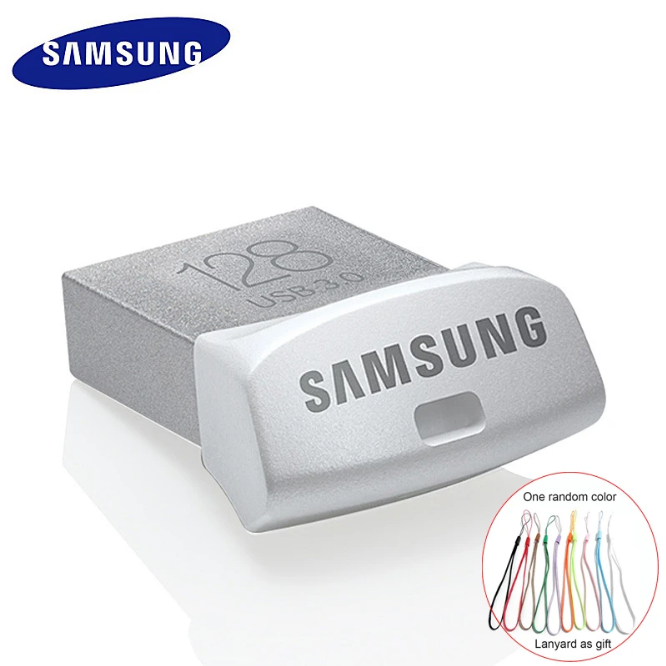Five Types of Rapid Prototyping Process
Each product that is ever released had to pass a series test before it was made available to the public. Every piece of software has gone through machining services and same testing process too. Any product that we use every day has a prototype to test its functionality in real life and to find out how this product works in the real world and if there are any changes needed to make it function better. The modeling technique involved in rapid prototyping helps speed things up in the early development process through different types as detailed below.
3D Printing
 Many people mistakenly think that 3D printing is the same as prototyping. One not entirely true, but often perceived difference between rapid prototyping and 3D printing is that 3D printing can be used primarily at the consumer level and rapid prototyping can be used primarily at the industrial level, but this is not true in most cases. Generally, it involves the process of getting a liquid adhesive, then apply two layers of powder via the ink-jet head of the printer.
Many people mistakenly think that 3D printing is the same as prototyping. One not entirely true, but often perceived difference between rapid prototyping and 3D printing is that 3D printing can be used primarily at the consumer level and rapid prototyping can be used primarily at the industrial level, but this is not true in most cases. Generally, it involves the process of getting a liquid adhesive, then apply two layers of powder via the ink-jet head of the printer.
Stereolithography
This is one of the most widely used rapid prototyping methods. It involves a UV laser controlled by a computer. This draws an image of the object on the surface of a liquid polymer. The laser moves back and forth, hitting the surface. This hardens the polymer. After each pass, the object is lowered so that the UV laser can follow its path. This continues until the final product is a 3D physical replica of the product.
Selective Laser Sintering
Sintering is the process of applying heat and/or pressure to fuse bits of metal, ceramic, and other materials into a solid mass. As the laser moves across the surface of the thermoplastic particles, it melts the cross-sections layer by layer. Once a layer is completed, the process can be repeated by lowering the sprayed surface and adding another layer. The developer would then have the final product to begin testing. Today, sintering is used to produce everything from gears and connecting rods to sprockets and bearings.
Additive Manufacturing
This type is more commonly known as Fused Deposition Modelling. First, a heated and melted plastic filament is introduced onto a flat surface called a build platform. It is then moved through the layers by an extrusion device. This extrusion nozzle is controlled by manufacturing software. A mechanical device also holds the final image. When the liquid reaches the build platform, it solidifies and the platform lowers to expose the next layer. This continues until the product prototype is finished and ready for testing.
Software Rapid Application Development
Also known as Rapid Application Development, this generic term refers for adaptive software development approaches. This type is ideal for building software that is primarily driven by user interface requirements. Rapid application development tools are commonly referred to as GUI (graphic user interface) builders. These tools can provide valuable feedback to the designer on the feasibility of a design they are working on. They can prevent the team from looking for solutions that are too complicated or take too long to turn into a physical product. In this way, problems and setbacks can be identified in advance, which is a great way to save money and make troubleshooting easier.…



